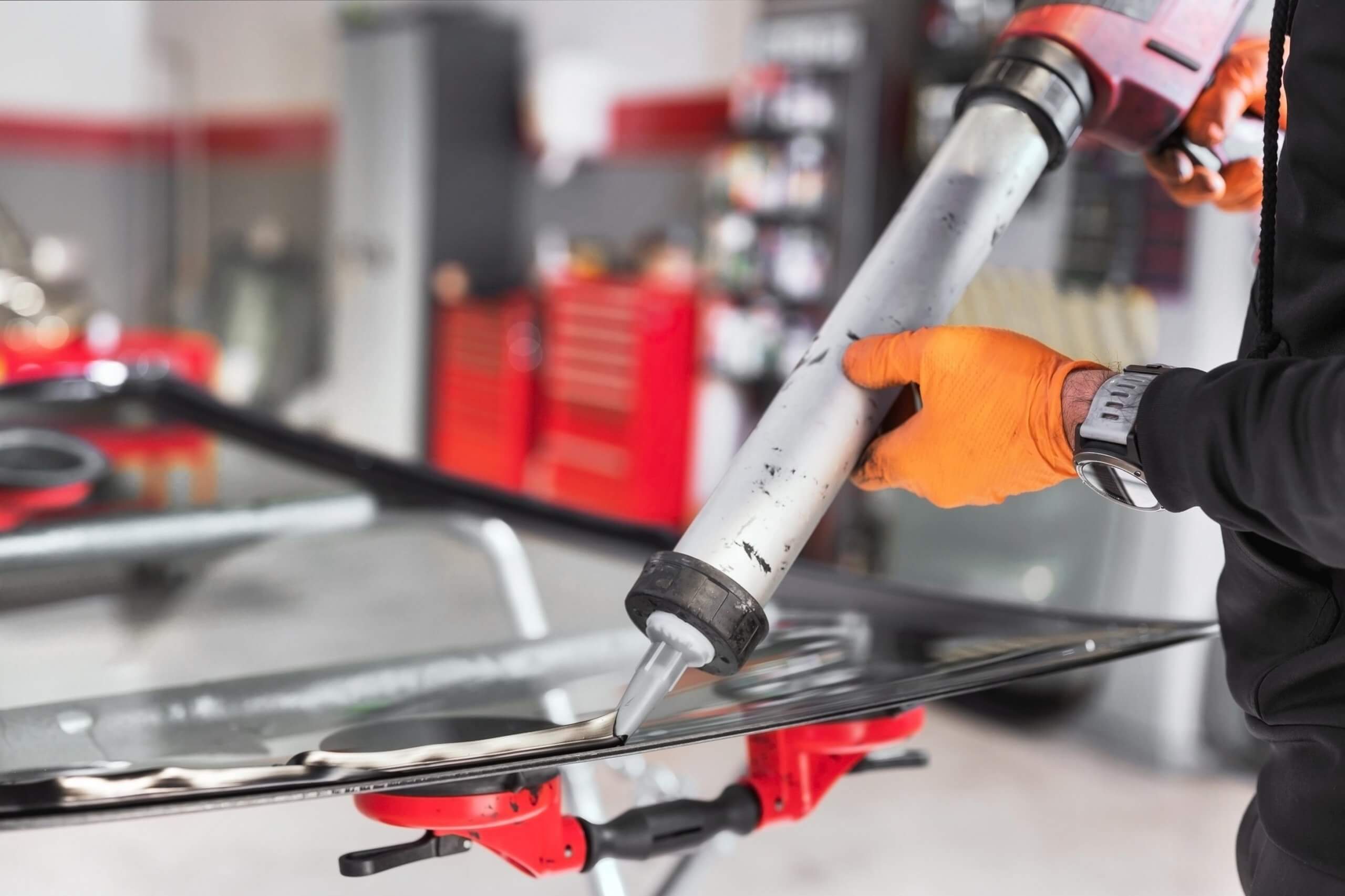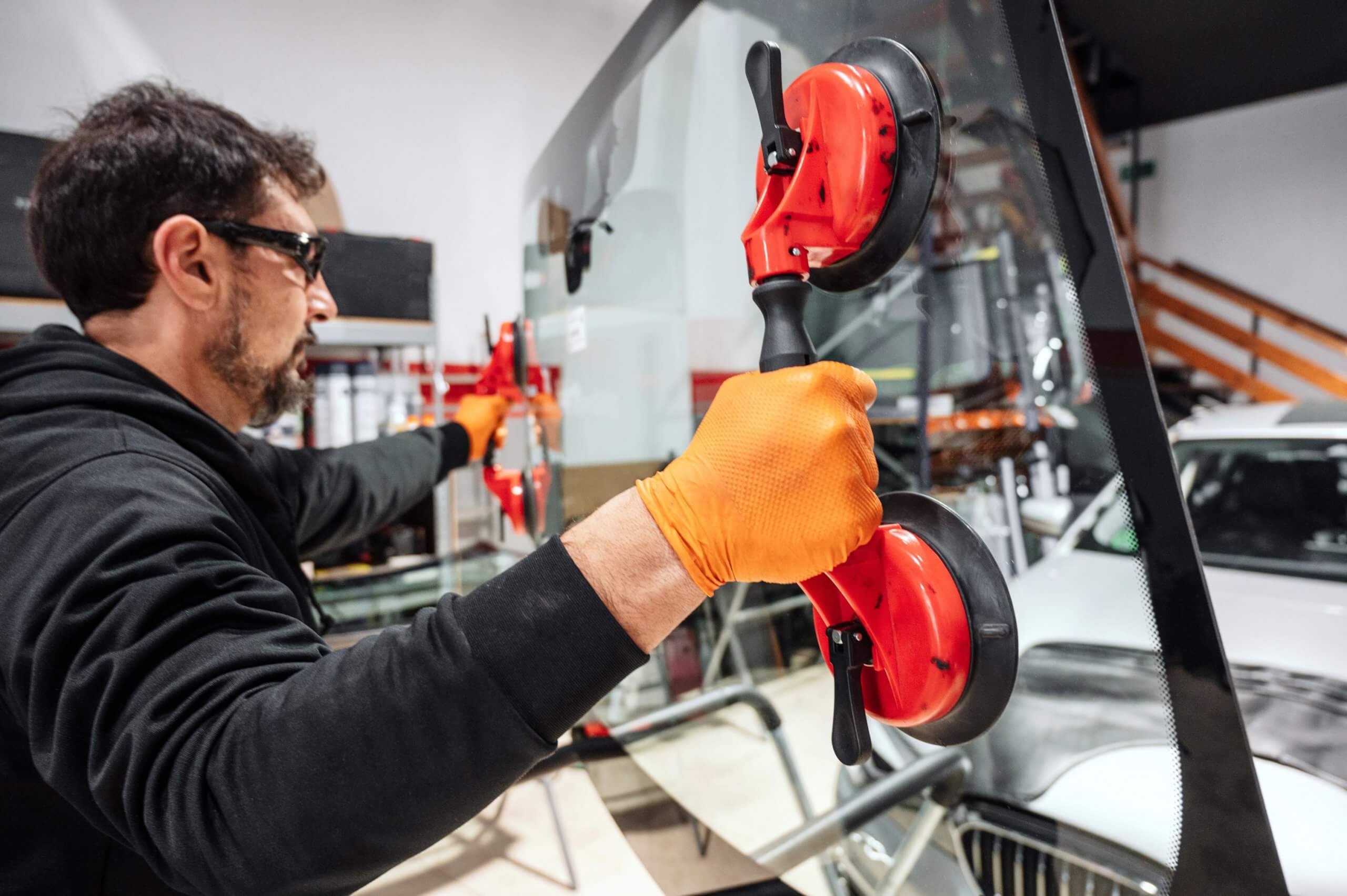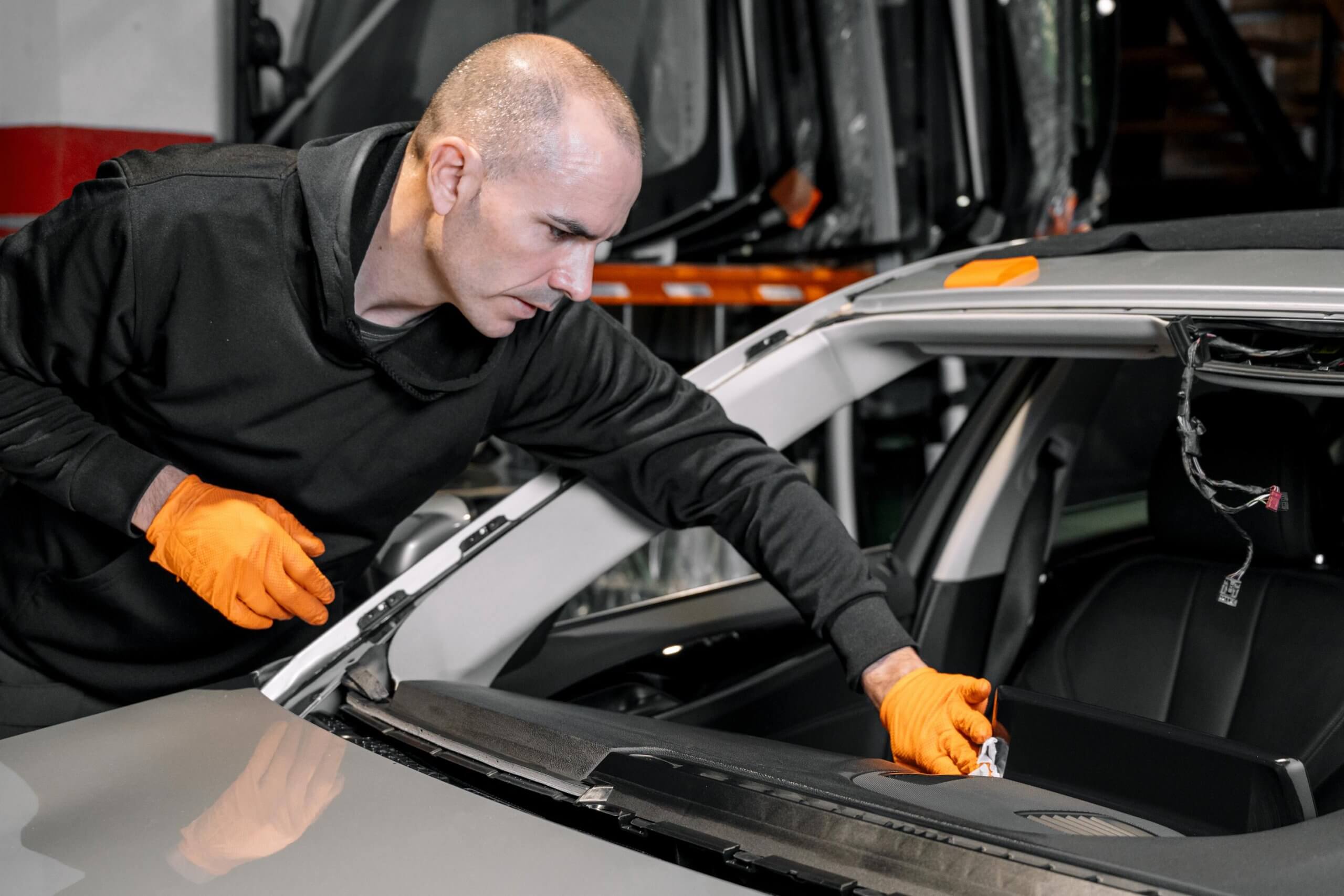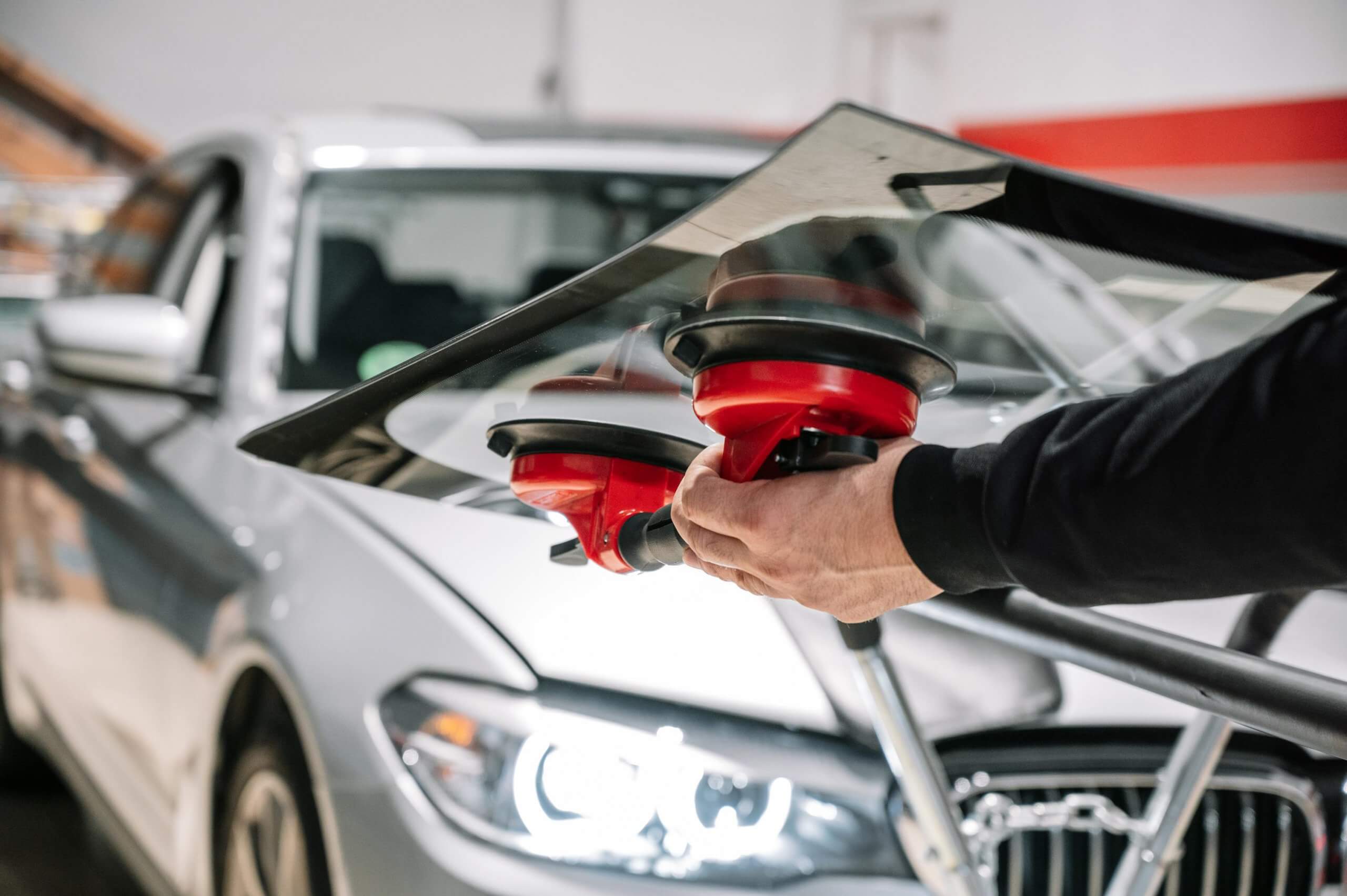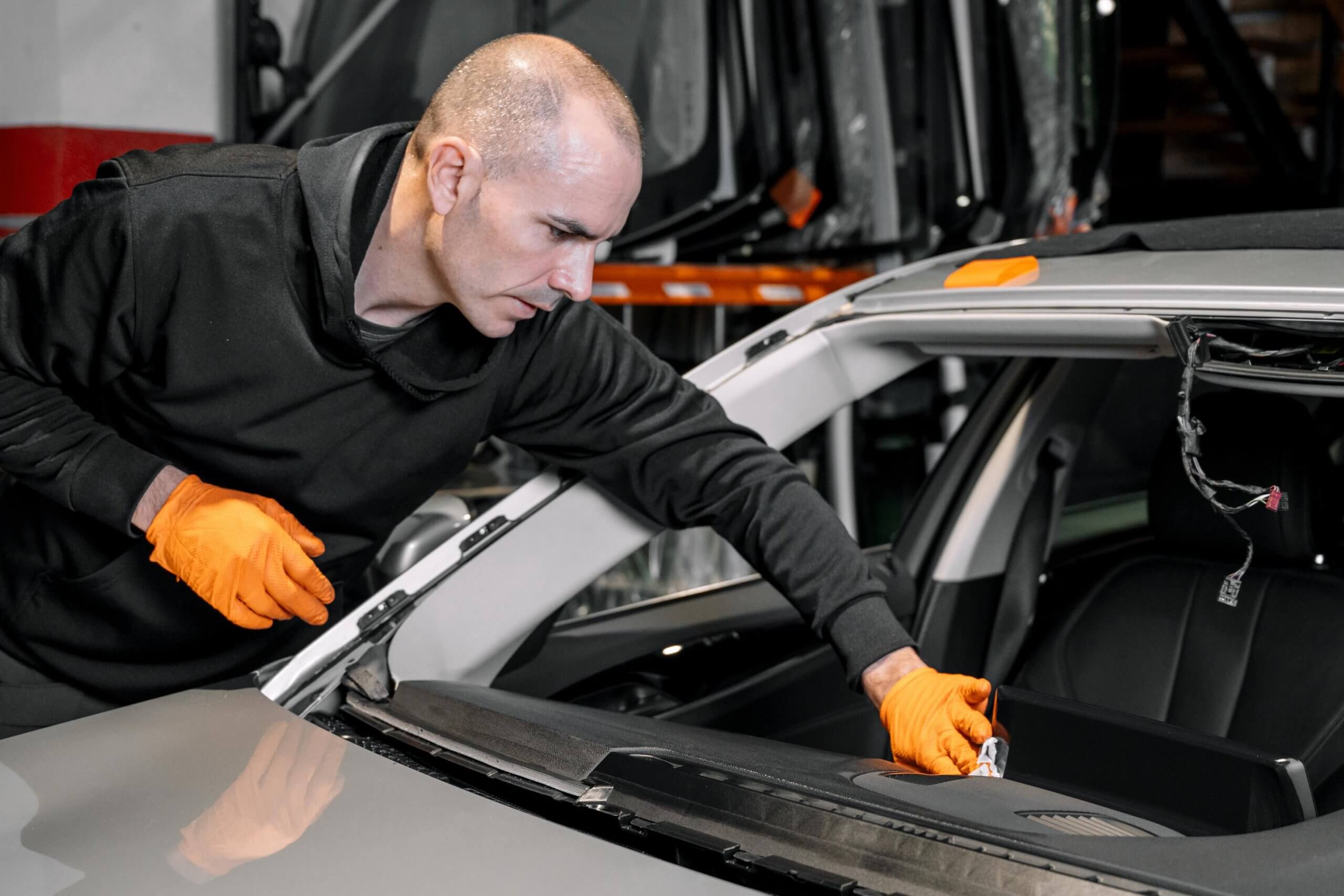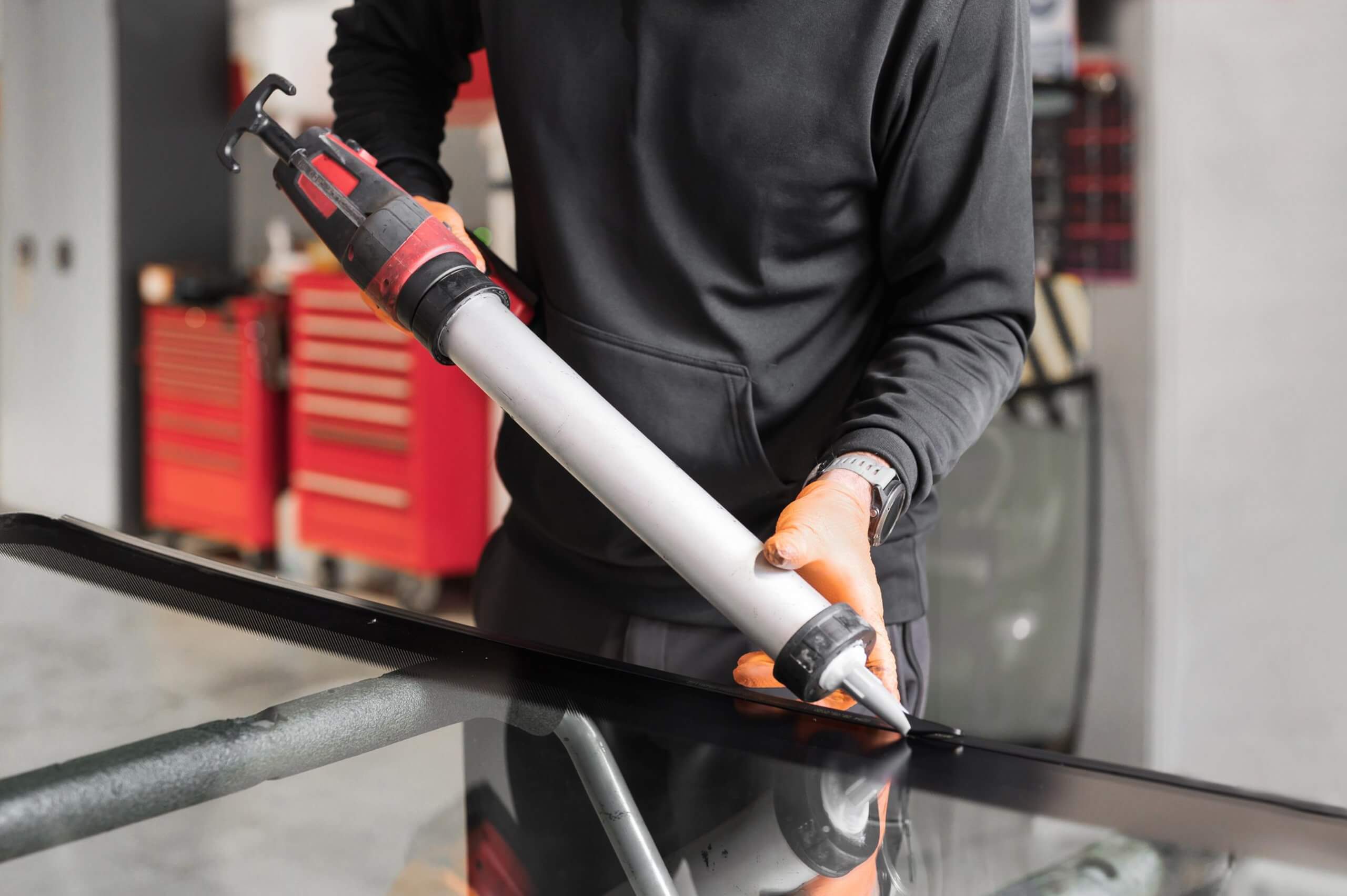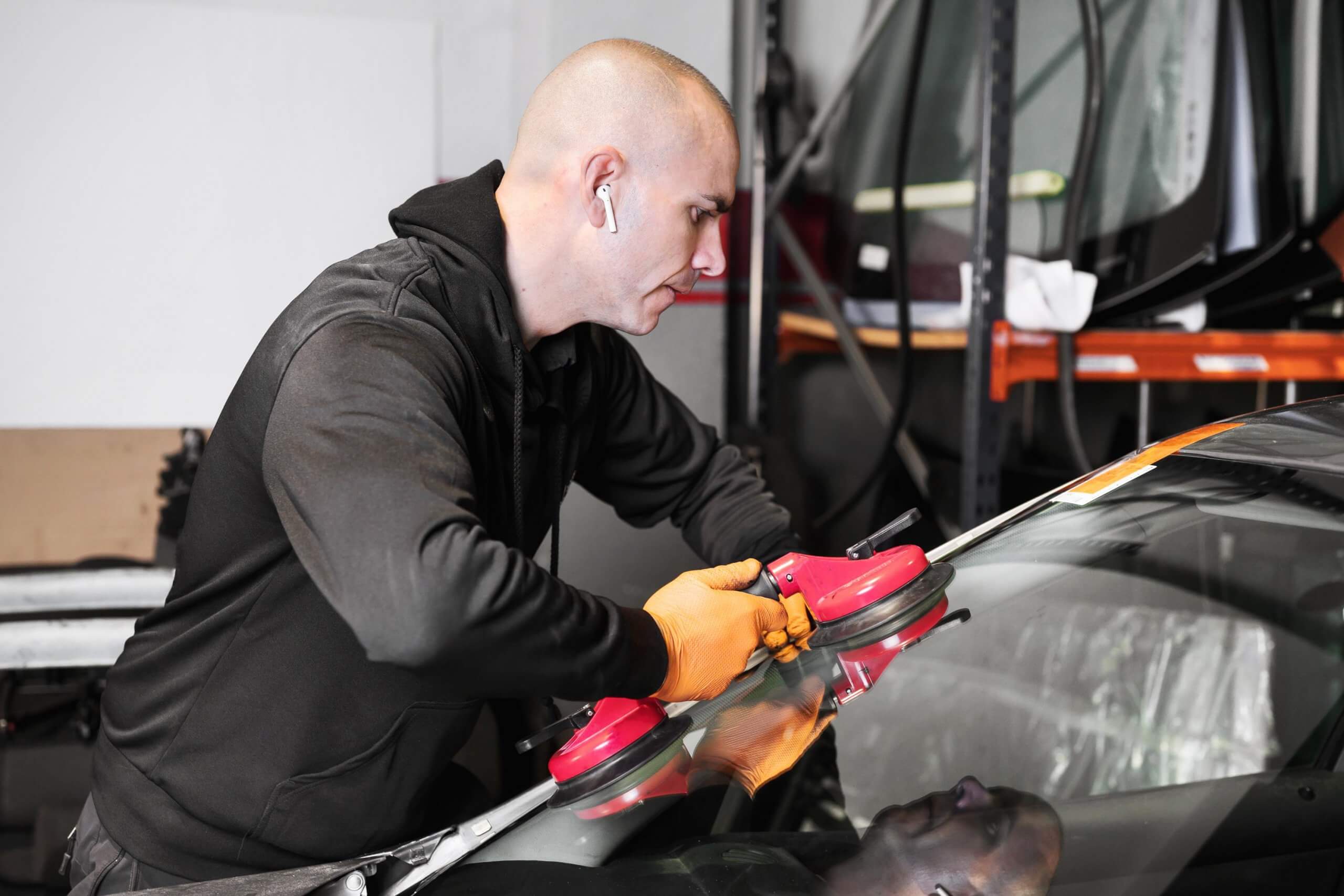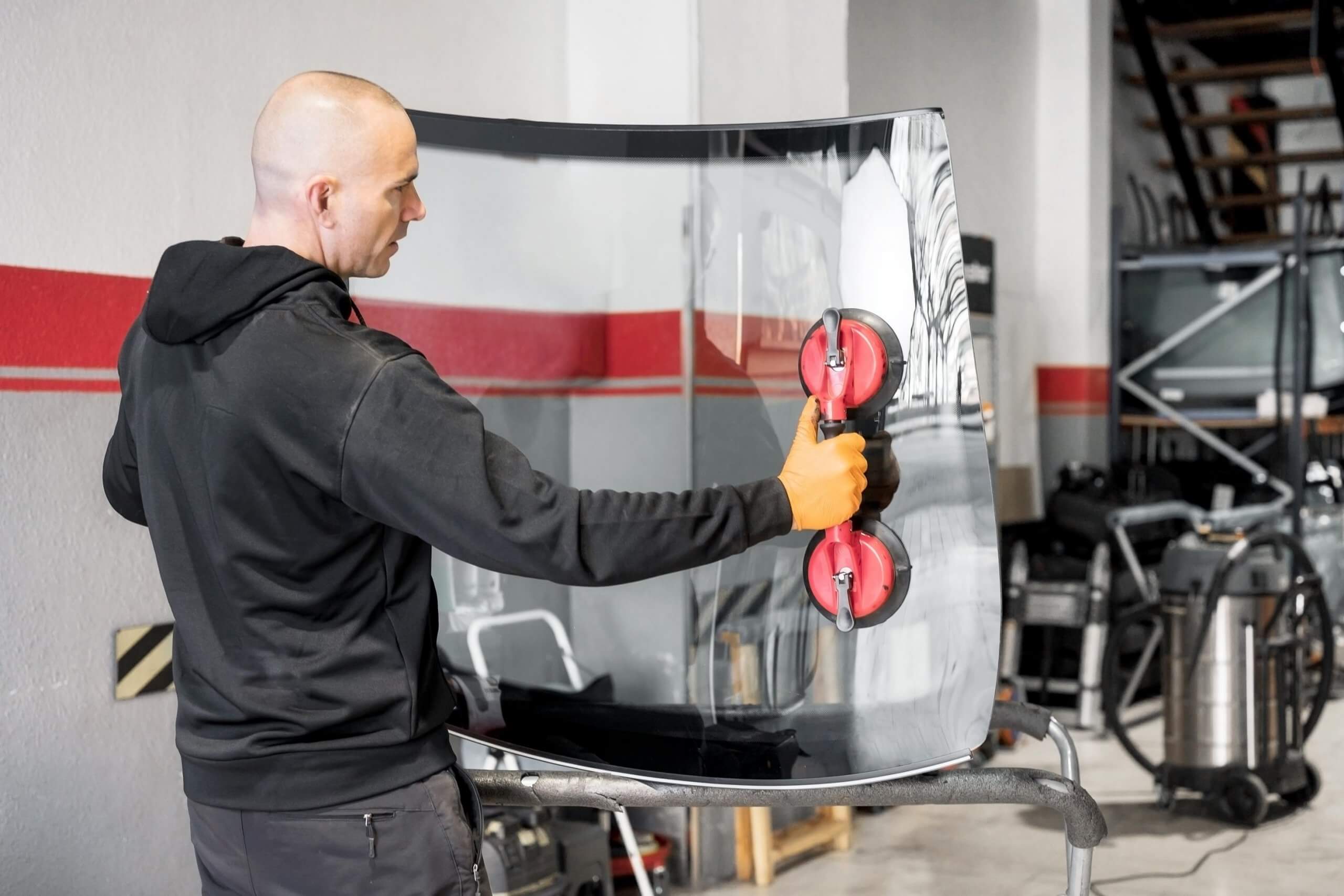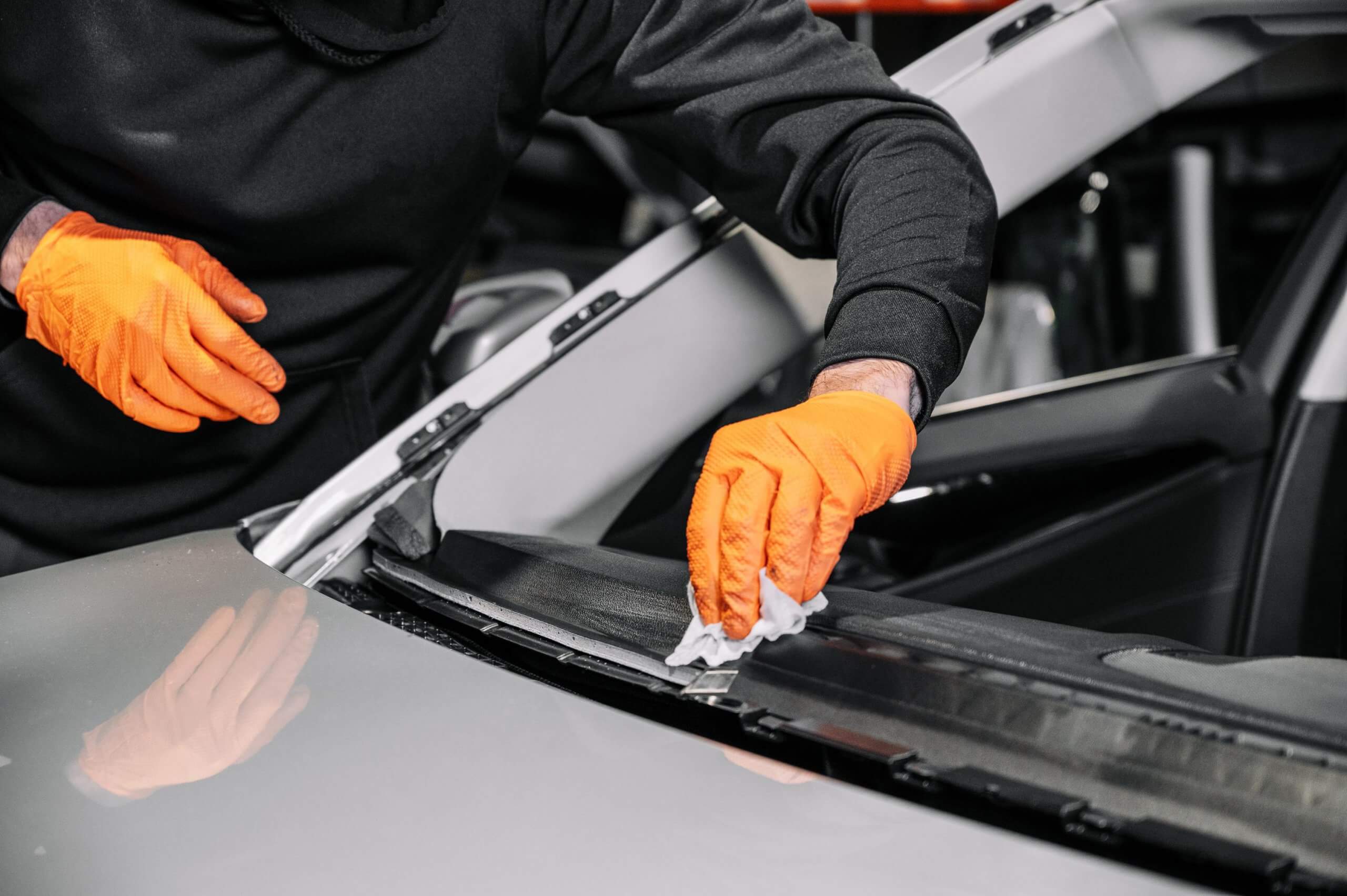How to Protect Your Car from Scratches: Easy Ways to Safeguard Your Car Paint
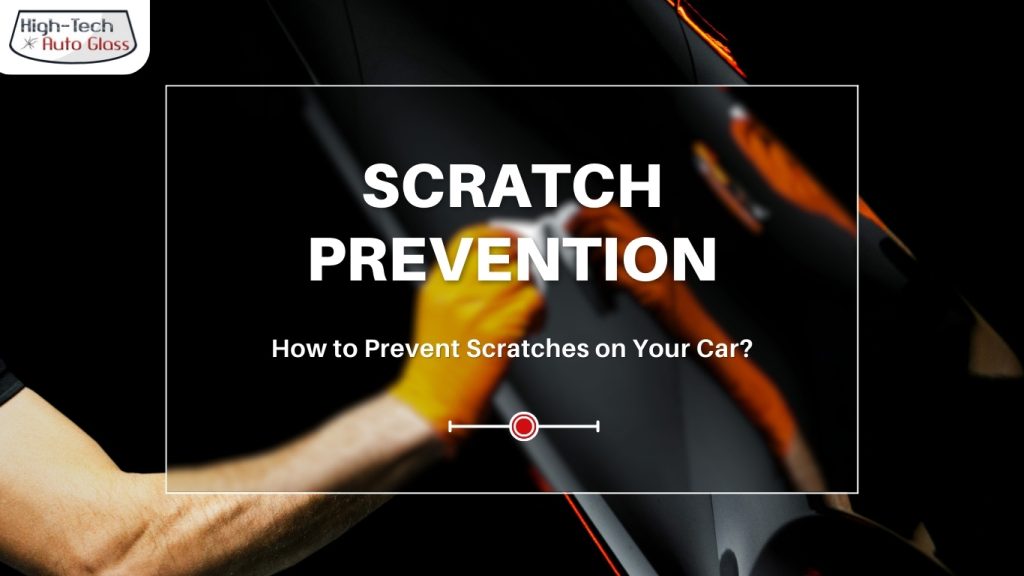
Keeping your car looking its best car isn’t just about regular washes, it’s about stopping those annoying scratches that can mess up its appearance and lower its value. In this blog on How to Prevent Scratches on Your Car?, we’ll explore easy, everyday tips and tricks to protect your car from scratches, including smart parking choices, proper cleaning methods, and specialized products that create an extra barrier of defense. So, if you’re tired of dealing with paint damage or just want to keep your ride looking as good as new, stick around! You’ll learn how to keep that paint job looking sharp, saving you both time and money down the road.
Why Preventing Deep Scratches on Your Car Matters
Importance of Maintaining Car Appearance
- Enhances the Car’s Look: Scratches and dings can dull the shine of your car, making it look older and less appealing. Keeping your car looking shiny and new by preventing scratches helps maintain its overall beauty. By following the tips outlined in this guide, you can help preserve the showroom finish of your vehicle and keep it looking its best for years to come.
- Protects Resale Value: Visible car scratches can lower the car’s resale value. Buyers often prefer a car free from scratches and abrasions, as it reflects proper care and maintenance over the years.
Keeping your car looking its best is not just about vanity; it’s also about preserving its value. Paint scratches on your car’s surface can make it look worn out and poorly maintained, which might lead to lower offers when selling or trading it in. By following simple tips to protect your car from scratches, car owners can help ensure it retains its appeal and value.
Cost Implications
- Expensive Repairs: Fixing car scratches, especially deep scratches, can be costly. A small scratch might require a paint job or car detailing that adds up over time.
- Prevention is Cheaper: Taking steps to protect your car’s paint, such as using a car cover or applying a ceramic coating, costs less than frequent repairs and helps keep your car free from scratches.
- Long-Term Savings: Preventing car paint damage from scratches can save you money over the life of your car. Regularly maintaining your car paint from scratches is more economical than neglecting minor scratches that can worsen and lead to expensive fixes. Taking proactive steps to protect your vehicle’s finish can go a long way in preserving its value and appearance.
Repairing car scratches can get pricey, especially when they damage the car’s paint layer and require professional attention. By taking steps to reduce the risk of scratches, like using a paint protection film or washing your car by hand, you can avoid these costs. Prevention is always more affordable than repair, ensuring your car remains in top condition without straining your budget. If you do end up with minor scratches, apply touch-up paint as soon as possible to prevent further damage. Car owners should car regularly to minimize the chances of end up scratching their vehicle.
Impact on Car Paint and Longevity
- Exposure to Rust and Corrosion: Even a small scratch can expose the car’s metal to moisture, leading to rust over time. Protecting your car from scratches is essential to avoid long-term damage.
- Weakens the Car’s Structure: Deep scratches can damage the layers over your car’s paint, making it more vulnerable to the elements and reducing the car’s lifespan. If a scratch is deep enough to expose the underlying metal, it’s crucial to address it promptly to prevent further damage from rust and corrosion.
Scratches on your car can be more than just a cosmetic problem. When the car’s paint is damaged, it exposes the metal underneath to moisture, which might lead to rust and corrosion. Rust not only looks bad but can also weaken the car’s structure over time. By taking steps to protect car paint from scratches, such as using a car paint protection film, you can safeguard your investment and keep your car looking great for years. Proper care and maintenance will not only preserve the appearance of your vehicle but also extend its lifespan.
Understanding Common Causes of Car Paint From Scratches
Environmental Factors
- Dust and Debris: Tiny dust particles and small debris can cause minor scratches and swirl marks when they rub against the car paint. Even wind can carry these particles, which might scratch your car when they come into contact.
- Tree Branches and Leaves: Parking under trees might seem like a good idea for shade, but it can lead to scratches and abrasions. Falling branches and leaves often carry dirt and sap, which can scratch or stain the car’s paint.
- Bird Droppings and Sap: Bird droppings and tree sap are acidic and can damage the paint if not cleaned promptly. When you clean your car to remove them, the rough particles might scratch the surface if not done carefully.
Environmental elements like dust, debris, tree branches, and bird droppings can all lead to car scratches and abrasions on your vehicle. Dust and small particles can act like sandpaper on your car’s paint, especially when wiping or cleaning. Parking under trees or near areas with falling debris increases the risk of scratches, so it’s best to find a safer location to park your car to keep it looking its best. Additionally, addressing the area around the scratch promptly can help maintain your car’s appearance over time by resisting scratches from further damage.
Mechanical Factors
- Improper Car Cover Use: Using a car cover is a great way to protect your car from scratches, but if the car cover is not clean or is made from rough materials, it can cause scratches itself. Dirt and debris trapped under the car cover can rub against the paint, leading to scratches and damage.
- Low-Quality Cleaning Tools: Using low-quality or improper cleaning tools, such as hard brushes or rough sponges, can scratch the car’s paint. Even using a dirty cloth can cause scratches and swirl marks as small particles get transferred back onto the car.
Mechanical factors like using an improper car cover or low-quality cleaning tools can significantly increase the risk of scratches on your car. A dirty car cover or a hard brush can cause minor scratches and even damage the paint, exposing the metal under the paint. Therefore, it’s essential to use soft, clean materials for covering and washing your car. Keeping your car in a garage can also help protect the surface of your vehicle from environmental damage and minimize scratches that may occur during the washing process.
Smart Tips for Everyday Protection
Use Car Covers to Shield Against Scratches
A proper car cover creates a protective barrier over your car’s paint, reducing the risk of scratches and dings caused by dirt, small stones, or even accidental contact with people or objects. Make sure the car cover fits well and is clean to avoid any particles getting trapped underneath, which might scratch your car. Using a quality cover is an effective way to prevent scratches, while also resisting scratches and retaining the car’s value. Additionally, addressing scratches promptly can prevent issues like rusting if the scratch exposes the metal beneath.
By using a car cover regularly, especially when parking outside, you help keep your car looking shiny and new, free from scratches and abrasions that can accumulate over time.
Apply a Ceramic Coating for Improve Protection
Investing in a ceramic coating is one of the best ways to protect your car paint from scratches. A ceramic coating creates a durable, transparent layer over your car’s paint, acting as a shield against minor scratches, UV rays, and contaminants like bird droppings and tree sap. This extra layer of protection makes it harder for dirt and debris to stick to the surface, reducing the chance of scratches on your car. Additionally, it helps safeguard your car from rust, ensuring your car for years remains in excellent condition. When considering this option, focus on finding the best solution that fits your needs and budget.
Regularly Apply Wax to Protect Car Paint
Applying car wax every few months is an excellent way to protect your car paint from scratches. Car wax creates a smooth, shiny layer over your car’s paint, which helps to reduce friction and prevent minor scratches and swirl marks from forming. For best results, consider consulting a car detailer who can help you apply the paint correctly and provide additional services to remove scratches and marks effectively.
This protective layer acts as a barrier against dirt, dust, and other small particles that might scratch your car when you wash it or during everyday use.
Park Carefully to Avoid Dents and Scratches
Being mindful of where you park can greatly reduce the risk of scratches on your vehicle. To protect your car from scratches, choose parking spots away from other vehicles and potential obstacles, such as shopping carts or walls. If you notice any scratches, it’s best to take your car to a professional for evaluation and repair. Proper precautions can help prevent many car owners from dealing with the hassle and expense of scratch repair.
Opt for less crowded areas and avoid high-traffic zones where cars and pedestrians are more likely to come into contact with your vehicle.
Address Car Scratches Promptly Before They Worsen
It’s important to repair minor scratches on your car as soon as they are noticed. Even a small scratch can lead to bigger problems if left untreated, as it might expose the metal underneath the paint, increasing the risk of rust and corrosion. To effectively repair a scratch, consider consulting a professional for the best solution to the question of how to restore your car’s finish and ensure protection against the elements.
Repair minor scratches as soon as they are noticed to prevent them from spreading or causing rust.
Leave Adequate Space When Driving to Avoid Road Debris
Maintaining a safe following distance while driving is a simple way to protect your car from scratches caused by road debris.
When you keep a good distance from the vehicle in front, you reduce the chance of rocks, small stones, or other debris being thrown up and hitting your car’s paint. These particles can cause clear coat scratches and chips that damage the surface of your car. By maintaining this distance, you can help prevent many scratches that could otherwise lead to costly repairs, ensuring your cars are among the best-looking on the road.
Choose Parking Spots Wisely to Reduce Risks
Selecting the right parking spot is important to protect your car from scratches and other potential damage. Opt for parking locations that reduce exposure to hazards like falling debris, tree sap, and accidental bumps.
Here is a table to help guide you in choosing the best parking spots to minimize the risk of scratches:
| Parking Spot | Risk Level | Reason |
|---|---|---|
| Away from Trees | Low | Avoids scratches from falling branches, sap, and bird droppings. |
| Far from Construction Sites | Low | Reduces the risk of debris, dust, and small rocks that might scratch your car’s paint. |
| Away from High Traffic Areas | Low | Limits the chances of scratches and dings from passing cars and pedestrians. |
| In Covered or Underground Parking | Very Low | Provides the best protection from environmental factors like rain, dust, and UV rays. |
| Near Shopping Cart Returns | High | Increases the risk of scratches from stray carts or careless shoppers. |
| Underneath Power Lines or Light Poles | High | Exposes your car to bird droppings and debris, which can cause paint damage. |
| Next to Other Cars in Crowded Areas | High | Greater likelihood of door dings, scratches, and accidental bumps. |
Use Proper Drying Techniques After Washing Your Car
After you wash your car, it’s important to use the right drying techniques to prevent scratches and keep your car looking shiny and new.
Regular towels or rough cloth might scratch your car because they can trap tiny particles that damage the paint. Drying your car with microfiber towels is a simple way to protect your car’s paint and maintain its smooth, glossy finish.
Use Soft Materials for Cleaning and Detailing
Microfiber cloths are ideal because they are gentle on the paint and effectively trap dust and dirt without causing fine scratches and swirl marks. Pair these with a gentle car wash solution that is specifically designed to clean without stripping sealants from the paint or causing damage. Using these methods can help avoid car scratches while ensuring your car in an area is protected from elements that could cause as much damage over time.
Using soft materials helps maintain your car’s paint, reducing the risk of scratches and keeping your car looking shiny and new for years.
Consider Protective Paint Sealants for Added Defense
Paint sealants form an extra layer over your car’s paint, offering a shield against minor scratches, UV rays, bird droppings, and other contaminants that can damage the paint.
Unlike regular wax, paint sealants last longer and provide more durable protection, helping to keep your car looking shiny and new.
Brush Off Snow Gently to Prevent Clear Coat Scratches in Winter
In winter, it’s important to remove snow from your car carefully to prevent scratches. Use a soft-bristled snow brush to gently clear snow from your car’s surface without damaging the paint. This method provides about 200 microns of protection against potential scratches, which is as much damage as leaving snow to melt and drip onto the paint, potentially causing harm over time.
Avoid using hard tools or excessive force, as these can cause scratches and abrasions.
Drive Defensively to Avoid Situations That Cause Scratches
Practicing defensive driving techniques is key to preventing scratches and keeping your car in top condition.
By staying alert, maintaining a safe distance from other vehicles, and avoiding sudden maneuvers, you can reduce the risk of getting too close to cars, walls, or obstacles that might scratch your car. This proactive approach helps preserve the value of your car and prevents unsightly scratches that can detract from its appearance and resale potential.
Invest in Paint Protection Films for High-Impact Areas
Applying paint protection films to high-impact areas, such as the front bumper, is an effective way to shield your car from scratches and chips caused by rocks and road debris.
These films provide a strong, invisible layer of protection over your car’s paint, helping to absorb impacts and prevent scratches on your car.
Mistakes to Avoid
Avoid Automatic Car Washes with Harsh Brushes
Automatic car washes with abrasive brushes can cause micro-scratches and swirl marks on your car’s paint, dulling its shine over time. Instead, opt for touchless or hand washes to protect your car from scratches and abrasions.
Avoid Using Brushes or Abrasive Tools on Car Paint
Using hard brushes or rough sponges to clean your car can damage the paint by creating fine scratches and swirl marks. Always use soft materials like microfiber cloths and gentle car wash solutions to keep your car looking its best.
Avoid Parking in Tight Spaces to Prevent Accidental Scratches
Parking in tight spaces increases the risk of door dings and accidental scratches from other vehicles. Choose parking spots with more room or park in less crowded areas to minimize the chance of scratches.
Don’t Place Objects on Your Vehicle’s Surface
Refrain from placing heavy or sharp objects on your car’s surface, as these can easily cause dents, scratches, or paint damage. Even seemingly harmless items, like bags or tools, can leave behind small scratches if dragged across the paint.
To protect your car from scratches, always place objects on the ground or inside the car instead of on the exterior.
Avoid Using Household Cleaners on Car Paint Scratches
Do not use household cleaning products, such as dish soap or rough cloths, to wash your car’s paint. These cleaners can be too harsh, stripping away the protective wax or sealant and leaving the paint vulnerable to scratches and other damage.
Instead, use car-specific cleaning solutions and soft microfiber cloths to clean your car without harming the paint.
Don’t Neglect Minor Scratches
Never ignore small scratches, as they can quickly worsen over time due to exposure to moisture, dirt, and other elements. Minor scratches can lead to more serious problems, like rust or chipping, which may require extensive repairs.
Avoid Brushing Off Debris Abruptly
Do not brush off dust, dirt, or debris from your car’s surface with your hand or a rough cloth, as this can cause fine scratches. Always use a soft microfiber cloth and gently wipe in a single direction to avoid dragging particles across the paint.
Using proper techniques prevents damage and keeps your car looking its best.
Avoid Parking Under Trees or Near Construction Sites
Avoid parking under trees, where sap, falling branches, or bird droppings can damage your car’s paint, or near construction sites, where dust and flying debris might scratch your car.
Choosing safer parking spots helps reduce the risk of scratches and keeps your car looking new for longer.
Conclusion
In this blog, we’ve covered a range of effective strategies to help you prevent scratches on your car, from using car covers and applying ceramic coatings to practicing smart parking habits and using proper cleaning materials. Each of these steps plays a crucial role in maintaining the look and value of your vehicle while minimizing the risk of paint damage and rust.
If you find yourself wondering how to remove scratches despite your best efforts, consider professional car scratch repair options. Remember, taking proactive measures now can save you from costly repairs and prevent further damage as leaving it covered may not be sufficient to protect your car’s finish.
If you’re also concerned about keeping your car’s windshield in perfect condition, look no further than High Tech Auto Glass, the best windshield replacement company in Arizona. Whether you need a quick fix or a full Windshield Replacement Phoenix and its surrounding areas, the team is ready to provide top-notch service, ensuring your vehicle stays in top condition, both inside and out.
Frequently Asked Questions
How often should I wash my car to fix car scratches?
It’s best to wash your car at least every two weeks to prevent dust, dirt, and other particles from accumulating on the surface. Regular washing with gentle techniques helps keep your car free from scratches caused by debris rubbing against the paint.
What should I do if I accidentally scratch my car while cleaning it?
If you accidentally create a small scratch, you should clean the area immediately and apply a scratch remover or touch-up paint. This helps prevent the scratch from worsening or causing rust over time.
What is the best way to dry my car after washing to protect car paint from scratches?
The safest way to dry your car is to use a soft microfiber towel and gently blot or wipe the surface in a single direction. Avoid circular motions, which can cause swirl marks and scratches.
Will using a car cover prevent all types of scratches?
A car cover can protect against many types of scratches, such as those caused by dust, debris, or accidental contact. However, ensure the cover is clean and made of soft, scratch-resistant material to avoid any damage.
What can I do to protect my car from scratches during winter?
During winter, use a soft-bristled snow brush to gently remove snow without scratching the paint. Also, consider applying a ceramic coating or paint sealant to create an extra layer of protection against harsh weather conditions.
Is it necessary to use different clothes for washing and drying my car?
Yes, it’s a good idea to use separate microfiber cloths for washing and drying your car. A drying cloth should be clean and dry to avoid transferring dirt or debris from the washing cloth, which could scratch the car’s paint.
Can scratches on my windshield be prevented the same way as on car paint?
While many of the same principles apply, like avoiding abrasive materials and keeping the surface clean, scratches on the windshield also require regular inspection of wipers and using a glass cleaner specifically designed for automotive glass to prevent scratches.

